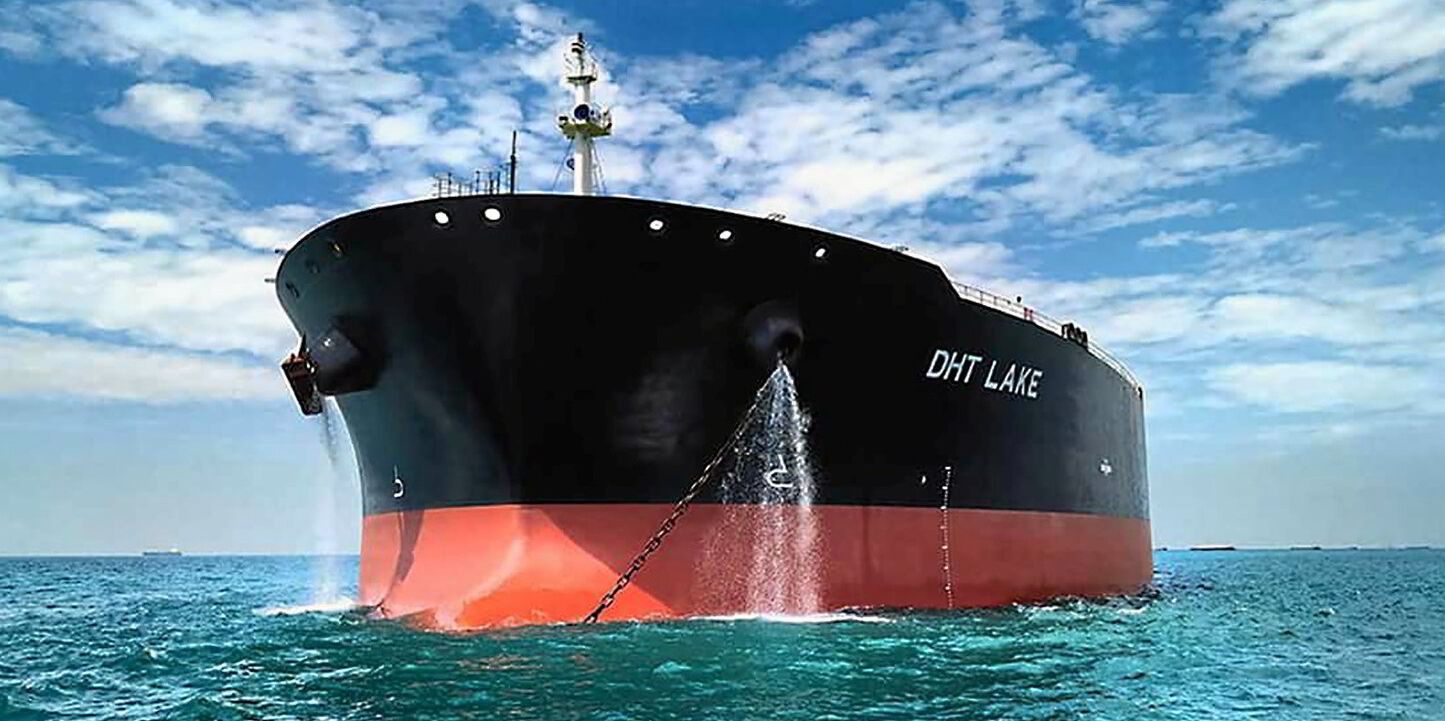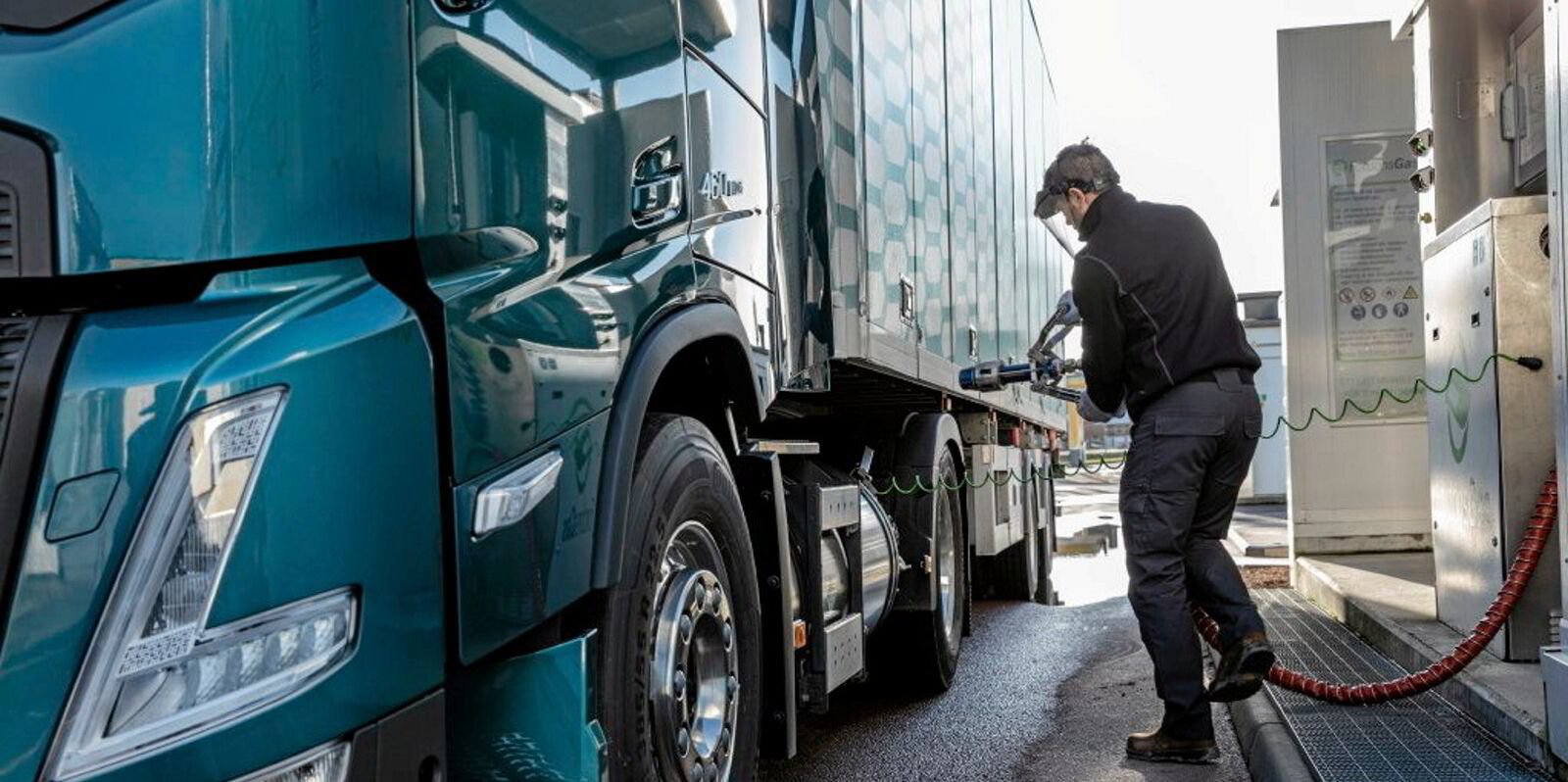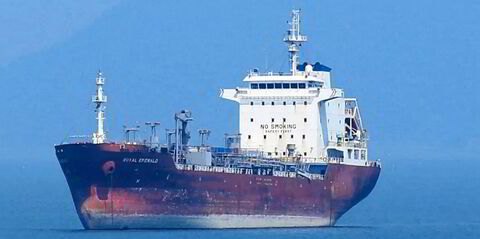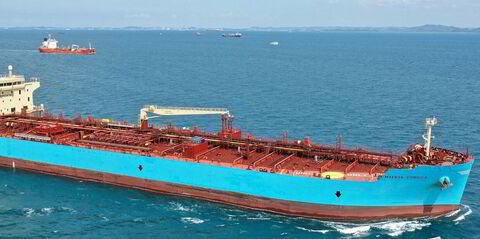VLCC owners have been experiencing the effects of China’s energy transition this summer, coupled with the usual seasonal weakness, experts say.
Changing energy consumption and reduced oil demand are known long-term headwinds for the tanker market as the planet reduces its dependence on fossil fuels.
A major expansion of LNG fuelling in the Chinese trucking industry is now being felt in the market, according to owners and analysts.
Svein Moxnes Harfjeld, chief executive of DHT Holdings, said that the increase in Chinese trucks running on LNG, along with the development of the fuel in Asian heavy transport, affected demand this summer.
“This is something to watch,” he said during the company’s second-quarter results presentation last week.
While noting the trend, Harfjeld pointed out his views did not reflect a fundamental bear case on the VLCC market.
He also highlighted positive demand drivers from China, including the meaningful growth in the petrochemical industry, supported by the development of new refineries.
“But this is not happening right now,” he said. “This is something you will see developing now over the next […] 12 to 24 months.”
As a consequence, VLCC owners have seen a negative demand impact arrive before the forecast positive boost, Harfjeld explained.
“That’s probably amplified a bit the seasonality this summer,” he said.
Allied Shipbroking researcher Chara Georgousi said the shift towards cleaner energy, especially with China’s growing focus on energy transition, on the country’s oil demand in 2024 had been noticed in the market.

“The rise of LNG-fuelled trucks is something that’s been on my radar as well, and I’ve seen how it’s starting to curb gasoil demand in recent months,” Georgousi said.
Rates for modern VLCCs, fitted with scrubbers have averaged $51,900 per day in the year to date, according to Jefferies. This compares with $60,300 per day at the same stage in 2023.
Fotis Kanatas, a senior analyst at Intermodal, said: “We have indeed seen the rise of LNG-powered heavy trucks.
“In terms of sales mix, the share of LNG-powered heavy trucks was 10% in January to May 2023, while it was 21% in January to May 2024.
“We have also seen that despite lower crude oil imports due to soft refining runs, China has built up significant oil stocks, as well as other commodities.”
More than 90,000 LNG-fuelled trucks have been sold in China in the first five months of this year, a 125% year-on-year increase and representing 20% of the market, Georgousi said.
“To put this into perspective, gas-powered trucks now account for approximately one-fifth of new heavy-duty trucks sold in China, a dramatic leap from one-tenth during the same period last year,” the researcher said.
“It is therefore inevitable to wonder what’s driving this gas-powered surge. It’s a perfect storm of economic, environmental and policy factors. At the core, is the undeniable appeal of cost savings.
“With gas prices significantly undercutting diesel in key regions, fleet operators are finding the economics increasingly attractive. This is a straightforward cost-benefit analysis playing out on China’s highways.”
Beijing’s commitment to the energy transition has created what the analyst calls a fertile ground for cleaner fuel adoption, Georgousi said.
“The implications for oil demand are significant.
“By year’s end, projections suggest that gas-powered trucks could displace a substantial volume of diesel demand, somewhere over 600,000 b/d [barrels per day].
“The momentum is such that some industry experts are predicting the heavy-duty gas truck fleet could swell to nearly a million units by the close of 2024, representing a yearly increase of around 150,000 vehicles.”

China’s refineries are already adapting to this new reality, recalibrating their output strategies and significantly reducing their diesel production in recent months, TradeWinds is told.
“Economic factors, including slower GDP growth and reduced industrial activity, particularly in the real estate sector, have contributed to softer Chinese demand for crude oil in 2024, impacting the crude tanker market,” Georgousi said.
“On top of that, the evolution in China’s energy consumption patterns this year has added more headwinds.
“The decrease in Chinese oil demand has certainly been a challenge, contributing to weaker market conditions, with average VLCC T/C earnings hitting a yearly low of $26,890 per day in mid-August.
“However, this decline has not taken us by surprise given that the observed weakness in freight aligns with the seasonal summer slowdown.
“Despite the lower growth projections for China this year, estimates from both the IEA and Opec indicate slower but still positive growth, underpinned by the petrochemical sector, which will support the crude tanker sector going forward,” Georgousi said.







